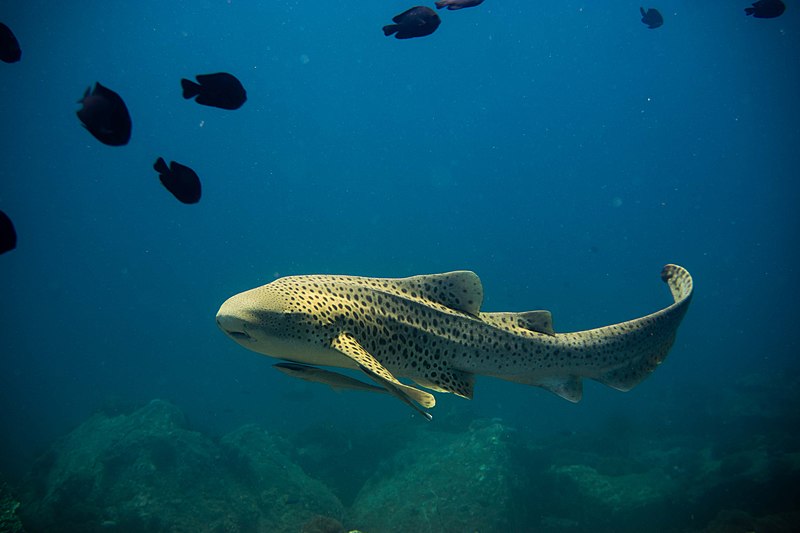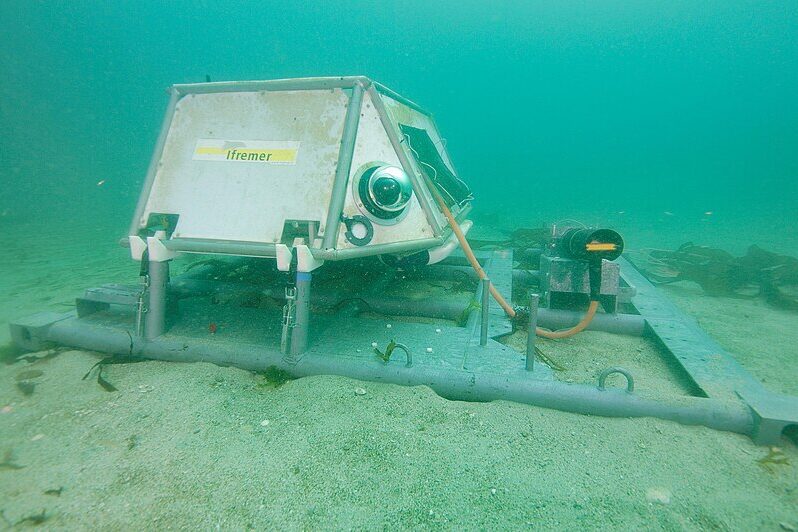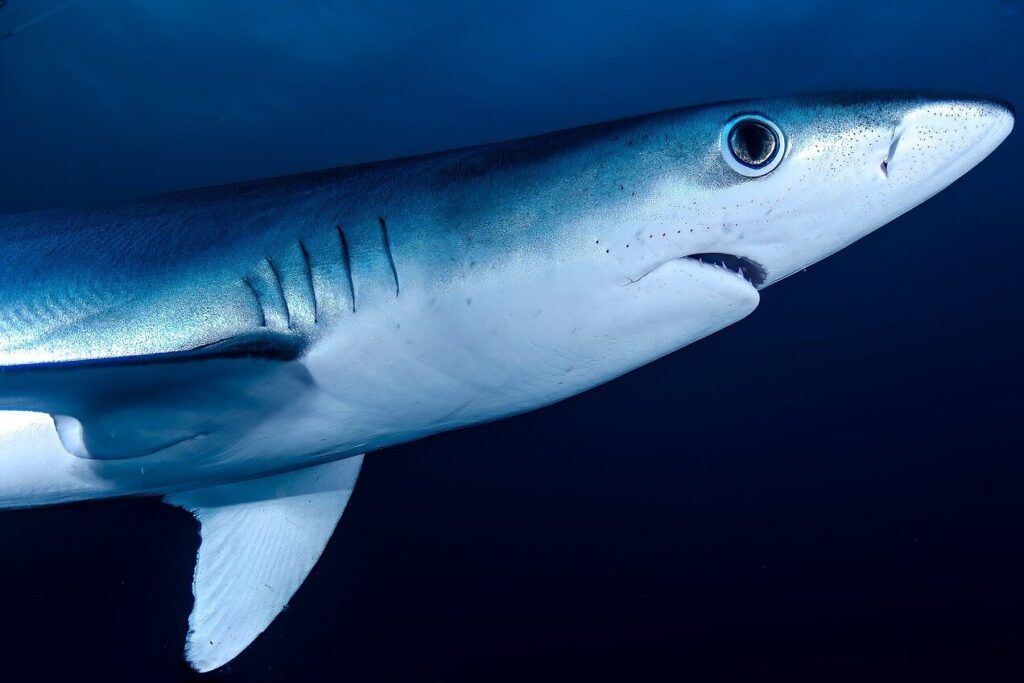Whispers of War in the Waves

Imagine this, dear reader, a world where the silent hunters of the deep, those sleek and powerful sharks, were considered not just creatures of the ocean, but potential soldiers in a watery war. It sounds like something straight out of a spy thriller, doesn’t it? But for a time, the United States Navy actually entertained the notion of harnessing these magnificent predators for military purposes. It wasn’t about giving them tiny torpedoes, of course, but rather exploring their natural abilities – their incredible senses, their powerful swimming, their inherent tracking skills – and seeing if these could be somehow leveraged for defense or reconnaissance.
Think about it: sharks possess an uncanny ability to detect minute electrical fields emitted by other living beings, a sense so refined it’s almost like having a sixth sense for life itself. Their sense of smell is legendary, capable of detecting a single drop of blood in vast amounts of water. And their hydrodynamics? They are perfectly designed for swift and silent movement through their watery domain. It’s no wonder that the clever minds within the Pentagon, always seeking an edge, looked at these apex predators with a spark of… well, perhaps not malice, but certainly strategic curiosity.
A Fin-tastic Idea

So, how did this seemingly outlandish idea even surface? Well, during the Cold War, a time of intense technological and strategic competition, both the United States and the Soviet Union were constantly exploring unconventional avenues for military advantage. The ocean, a vast and largely untamed frontier, held many secrets, and the idea of using its natural inhabitants as allies, in a way, wasn’t entirely unprecedented. There were already programs exploring the use of dolphins and seals for underwater tasks, so extending that line of thinking to sharks, creatures already so adept in the marine environment, wasn’t a complete leap into the unknown.
It wasn’t about training sharks to attack enemy submarines directly with bombs strapped to their backs, as popular imagination might conjure. Instead, the focus was on more subtle applications. Could sharks be used as living sensors, their movements and presence indicating the passage of enemy vessels? Could their keen senses be harnessed to detect underwater mines or other threats? The initial concept revolved around observation and early warning systems, utilizing the shark’s natural capabilities rather than trying to fundamentally alter their behavior or turn them into attack animals in the traditional sense.
Lure of the Living Sensor

Picture this: instead of relying solely on static sonar arrays or expensive underwater drones, imagine a network of naturally patrolling sentinels. Sharks, already at home in the vast expanse of the ocean, constantly moving and sensing their surroundings. The thought was that their natural behavior could be monitored, and any deviations – perhaps a sudden change in direction or an unusual concentration in a specific area – could potentially signal the presence of something noteworthy, like a submarine or an intruder. It was the allure of a self-sustaining, organic surveillance system that piqued the interest of naval researchers.
The beauty of this concept, at least on paper, lay in its potential efficiency and stealth. Sharks are already a natural part of the marine ecosystem; their presence wouldn’t necessarily raise suspicion in the same way a mechanical device might. They require no fuel, no remote control in the traditional sense; they simply do what they naturally do. The challenge, of course, lay in figuring out how to effectively monitor and interpret their behavior in a way that provided meaningful intelligence. This was where the real scientific and technological hurdles began to emerge.
Hydrodynamics and Hunting Skills

Think about the sheer efficiency of a shark in motion. They glide through the water with minimal effort, their powerful tails propelling them with surprising speed and agility. Their bodies are perfectly adapted for their environment, honed by millions of years of evolution. It’s no wonder that the Navy considered how these natural hydrodynamic advantages could be exploited. Perhaps, researchers mused, sharks could be fitted with small, non-lethal tracking devices that would allow for the monitoring of currents or the mapping of underwater terrain based on their movements.
And then there’s their hunting prowess. Sharks are masters of detection, able to locate prey with incredible accuracy even in murky waters or over long distances. Their sensory systems are finely tuned to pick up the slightest vibrations, the faintest chemical trails, the almost imperceptible electrical signatures of living organisms. The idea was to tap into this innate ability, to see if sharks could be used to locate and track specific targets, not necessarily to attack them, but simply to provide information about their whereabouts.
Details of Deployment

Now, the practicalities of such a program were, to put it mildly, complex. How do you “recruit” a shark? How do you ensure it goes where you want it to go and does what you need it to do? The initial thoughts weren’t about direct control, like training a dog. Instead, the focus was on understanding and potentially influencing their natural behaviors. Could certain attractants or deterrents be used to guide them? Could their natural hunting instincts be subtly directed towards specific areas of interest?
Researchers explored various avenues, from studying shark behavior patterns in different environments to investigating the effectiveness of acoustic signals or chemical cues in influencing their movements. The ethical considerations, even at this early stage, were likely a topic of internal discussion. The idea of manipulating a wild animal for military purposes raises inherent questions about animal welfare and the potential unintended consequences for the marine ecosystem.
Murky Waters of Control

The biggest challenge, it soon became clear, was the fundamental unpredictability of wild animals. Unlike trained dolphins or seals, which can be taught specific tasks through reward and reinforcement, sharks operate on instinct. Their behavior is driven by the need to find food, to avoid predators, and to reproduce. Trying to impose a military objective onto these deeply ingrained natural drives proved to be a far more difficult task than initially imagined.
How do you ensure a shark “reports” its findings? How do you prevent it from simply following its natural instincts and wandering off in search of a meal? The technology of the time presented significant limitations in terms of remote monitoring and communication with a free-ranging animal in the vast ocean. The idea of reliably directing a shark’s movements or interpreting its behavior in a consistent and meaningful way remained largely theoretical.
Technology Offered Better

As the years progressed, so too did technological capabilities. Sophisticated underwater sensors became smaller, more powerful, and more easily deployable. Autonomous underwater vehicles (AUVs) emerged, capable of performing many of the surveillance and reconnaissance tasks that the shark program had tentatively explored, but with a far greater degree of control and predictability. These robotic systems could be equipped with advanced sonar, cameras, and communication systems, providing a more reliable and less ethically complex solution.
The development of these technologies gradually overshadowed the potential benefits of trying to weaponize or even utilize sharks. The inherent challenges of controlling and interpreting the behavior of wild animals, coupled with the rapid advancements in artificial underwater surveillance, made the shark program seem increasingly impractical and less appealing. The technological path offered a clearer, more controllable route to achieving similar objectives.
Ethical Considerations

Beyond the practical challenges, the ethical implications of manipulating and potentially endangering marine life for military purposes also likely played a role in the eventual abandonment of the idea. Even if the intention wasn’t to arm sharks directly, the act of capturing, tagging, and potentially influencing their behavior raises questions about animal welfare and the potential disruption of natural ecosystems.
The idea of turning a creature revered and feared in equal measure into a tool of war likely sparked internal debates about the moral implications. Public perception, had such a program become widely known, would likely have been strongly negative. The potential for unintended harm to the animals and the marine environment would have been a significant concern, further weighing against the feasibility of the project.
Abandoned Project

While the concept of weaponizing sharks might conjure images of dramatic underwater battles, the reality of the Pentagon’s interest was far more nuanced and, ultimately, less sensational. It wasn’t about creating attack sharks in the Hollywood sense, but rather exploring the potential of their natural abilities for surveillance and detection. And while the idea was entertained, it never truly progressed to a stage of significant deployment or operational use.
Think of it more as an exploratory investigation, a “what if” scenario that was considered during a time of intense strategic competition and rapid technological advancement. The challenges proved too great, the technology too limiting at the time, and the ethical considerations too significant to overcome. The program, if it can even be called that in a formal sense, remained largely in the realm of research and development, never fully taking a bite out of military strategy.
Quiet Demise in the Deep

Like a fleeting shadow in the deep ocean, the Pentagon’s serious consideration of weaponizing sharks eventually faded away. As technological solutions became more viable and the practical and ethical hurdles of working with wild animals became clearer, the focus shifted towards more controllable and predictable methods of underwater surveillance and warfare. The idea, once perhaps a tantalizing prospect, simply became less attractive in the face of more effective alternatives.
There wasn’t likely a dramatic cancellation or a public announcement. Instead, the research probably dwindled, resources were redirected, and the concept quietly slipped beneath the waves of ongoing military development. The challenges of controlling wild animals in a vast and unforgiving environment, coupled with the rise of sophisticated artificial technologies, ultimately sealed the fate of this unusual endeavor.
Lessons Learned

Even though the Pentagon’s plan to weaponize sharks ultimately failed to materialize, the very fact that it was considered offers a fascinating glimpse into the strategic thinking of the time. It highlights the constant search for innovative solutions and the willingness to explore even seemingly unconventional ideas in the pursuit of military advantage. It also underscores the importance of considering not only the potential benefits but also the practical limitations and ethical implications of such endeavors.
The story serves as a reminder that technological advancement doesn’t always follow a straight line. Sometimes, seemingly promising avenues turn out to be dead ends, not because the initial idea was inherently flawed, but because other solutions prove to be more effective or because unforeseen challenges arise. The exploration of using sharks, while ultimately unsuccessful, likely contributed to a broader understanding of marine animal behavior and the challenges of operating in the underwater environment.
Ocean’s Apex Predator Remains Untamed

In the end, the sharks remained what they always were: magnificent, powerful, and ultimately untamed creatures of the ocean. They continued their ancient dance with the currents, their senses honed by eons of evolution, their role in the marine ecosystem unchanged by the fleeting interest of human military planners. The idea of turning them into weapons or tools proved to be a human fantasy that ultimately yielded to the complexities of nature and the ingenuity of technology.
The waters remained their domain, their secrets guarded by their innate wildness. The Pentagon’s brief flirtation with the idea serves as an interesting footnote in the history of military innovation, a testament to the boundless creativity of human thought, and a reminder of the fundamental power and independence of the natural world. The sharks, those silent hunters of the deep, continued their reign, undisturbed by the whispers of a war they never fought.


